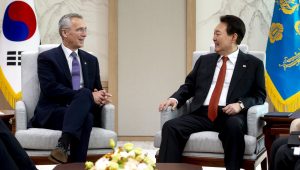Sergey Sukhankin

To begin with, Moscow and New Delhi have been discussing using their respective national currencies in bilateral trade. On December 21, 2022, Zamir Kabulov, Russia’s special representative to Afghanistan and director of the Second Asia Department at the Foreign Ministry, solemnly stated that Russia and India had rejected the use of the US dollar and the euro for trade arrangements between the two sides (Vedomosti, December 21, 2022). Later, it was reported that at least six Russian banks—including Sberbank and VTB—received permission to open special accounts in India’s financial institutions, including the Reserve Bank of India. This move allows the Russian entities to make direct transactions for Indian goods in rupees (Kommersant, December 13, 2022). Presented by mainstream Russian experts and information outlets as an undisputed success, the value of this move may be seriously undermined by three main factors: an extremely low trade dynamic between both countries, a visible imbalance in bilateral trade, as well as challenges related to the use of the Indian rupee.

















